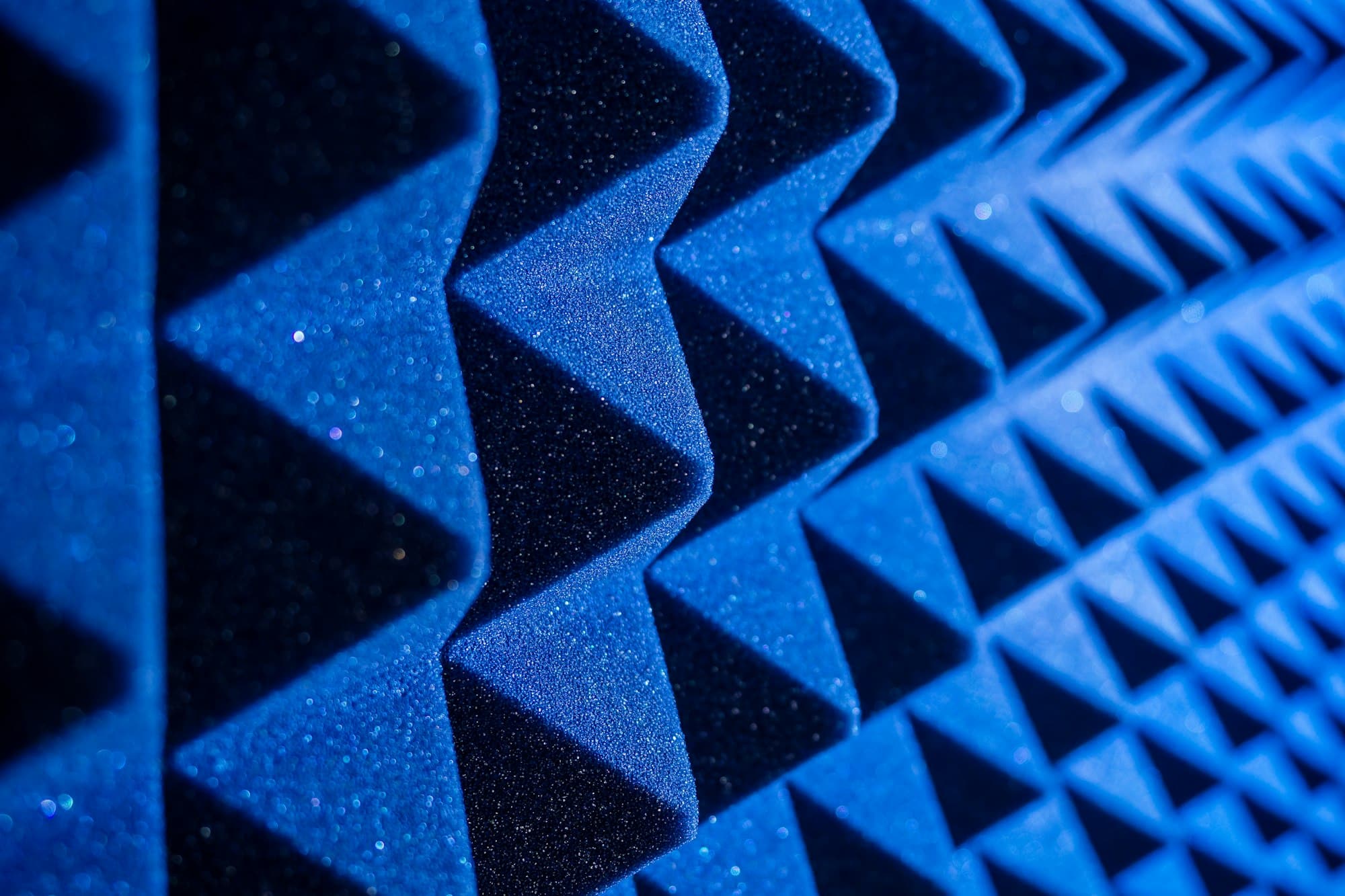As you all know, the sound of children playing is a joyful noise, it can also be a noise that disturbs your neighbors if not properly managed. Whether it’s the clatter of toys on the hardwood floors, the thud of small feet running up and down, or the endless giggles and shrieks of joy, these sounds can sometimes go through the wall and invade the peace and quiet of those living next door. It is for this reason that soundproofing your child’s playroom becomes not only a necessity but also an act of good neighborliness. This article will guide you through the art of soundproofing, exploring various acoustic solutions and redesigning your wall to limit noise leakage.
Choosing the Right Room for a Playroom
Before embarking on the journey of soundproofing a playroom, the first step is to choose the right room. The location and design of the room can greatly affect the level of noise that will seep through the walls.
Sujet a lire : How can you create a cozy reading area under the stairs?
If you have the luxury of many rooms, choose one that is centrally located. Avoid rooms that share a wall with your neighbor’s living space. If possible, opt for a room with few or no windows. Windows are notorious for letting out noise, and it may require more time and resources to soundproof them.
Check the room’s layout as well. Rooms with high ceilings, hardwood floors, and parallel walls create echo, which amplifies the sound. It would be ideal to pick a room that will require less soundproofing work.
Dans le meme genre : What’s the best way to maintain an indoor koi pond?
Using Acoustic Panels
Acoustic panels are one of the best options for soundproofing a playroom. These panels are designed to absorb sound waves, reducing the overall noise level that gets out of the room. They do not only serve a functional purpose but can also enhance the aesthetic appeal of your child’s playroom.
You can find a wide range of acoustic panels on platforms like Etsy, available in different sizes, colors, and designs that your children will love. These panels are easy to install – all you need is to stick them to your walls and/or ceiling.
Bear in mind, it’s not just about covering the walls. For maximum sound absorption, cover as much surface area as possible. This includes the door, and if you can, the floor.
Redesigning the Wall with Soundproof Tiles
Another effective way to soundproof a playroom is to redesign the wall with soundproof tiles. These tiles, often made of vinyl or foam, can significantly reduce the amount of noise that leaves the room.
One advantage of using soundproof tiles is their flexibility in terms of design. You can find tiles in various colors and patterns, allowing you to create an appealing wall design that matches the overall theme of the playroom. You can also mix and match different tiles to create a unique look.
As with the acoustic panels, installation is fairly easy. You will need to clean the wall, peel off the adhesive backing from the tile, and stick it to the wall. The process might take some time, but the result is worth the effort.
Creating Acoustic Islands
Creating acoustic islands are one of the latest trends in the world of acoustics. Acoustic islands are effectively floating panels that hang from the ceiling. They work well to absorb and diffuse sound, preventing it from bouncing back into the room and also reducing the amount of sound that escapes.
Acoustic islands are a great option if you are short on wall space or if you want to maintain the current design of your walls. These islands come in different shapes and sizes and can even be custom-made. A simple message to your preferred seller on Etsy can start the process.
Incorporating Soundproof Doors
Finally, incorporating soundproof doors can go a long way in reducing the noise that escapes from the playroom. Doors are often overlooked when soundproofing, but they can be a significant source of noise leakage.
Soundproof doors are specially designed to block out noise. They are usually made from solid wood or metal and are typically much heavier than regular doors. They also have seals around the edges to prevent sound from escaping through the gaps.
While soundproof doors are a bit more expensive than regular doors, they are a worthy investment. After all, what good is soundproofing the walls, ceiling, and floor if the sound will just escape through the door?
Soundproofing a playroom may seem like a daunting task, but with the right materials and a little bit of time, it can be a fun and rewarding project. Remember, the goal here is not to completely eliminate the sound of your children playing – after all, that joyful noise is part of the beauty of having them around – but to control and manage the noise, so it doesn’t disturb your neighbors.
Employing Sound Insulation Techniques
The next step in creating a soundproof room for your children’s playtime is to employ sound insulation techniques. Sound insulation involves using materials that can block or absorb noise to prevent it from being transmitted through walls, floors, and ceilings.
One of the most effective sound insulation techniques is to install a second layer of drywall with a layer of special sound-absorbing material in between. This material, called mass-loaded vinyl (MLV), works by adding mass to the wall, which helps to block sound waves.
You can also add insulation to the walls. Materials such as mineral wool or fiberglass are excellent at absorbing sound. They are typically installed in the wall cavity – that is, the space between the studs in the wall. A professional can help you with this, or you can do it yourself if you have experience in home renovation.
Remember, sound insulation is more effective when combined with other techniques, such as using acoustic panels or soundproof tiles. By combining different techniques, you can achieve a higher level of soundproofing in the playroom.
Incorporating Soft Furnishings
Filling the playroom with soft furnishings is another effective way to reduce noise. Soft materials, such as rugs, curtains, and upholstered furniture, can help absorb sound waves and prevent them from bouncing around the room.
Area rugs, especially those with a thick pile, can significantly reduce the noise of toys clattering on the floor or little feet running around. They also add warmth and comfort to the room, making it a more inviting space for your children.
Curtains can help absorb sound that might otherwise escape through the windows. Opt for thick, heavy curtains as they are more effective at blocking noise. Similarly, upholstered furniture, such as sofas or bean bag chairs, can also help absorb sound.
The key is to incorporate as many soft items as possible to help dampen the noise. Plus, they can enhance the overall look and feel of the playroom, making it a cozy and comfortable space for your children to play in.
Conclusion
Soundproofing a children’s playroom is not only about maintaining peace and quiet in your home or keeping the neighbors happy. It’s also about creating a safe and comfortable space where your children can play and express themselves without restrictions.
By employing techniques such as using acoustic panels, redesigning the wall with soundproof tiles, creating acoustic islands, incorporating soundproof doors, installing sound insulation, and incorporating soft furnishings, you can significantly reduce the noise level in the playroom.
Remember, the goal is not to eliminate the joyful noise of children playing, but to manage it in a way that it doesn’t become a nuisance to others. It’s about balancing the freedom of your children to play and make noise with the need for peace and quiet.
With careful planning and execution, you can transform any room into a soundproof playroom. So go ahead and start your project today. Your children (and your neighbors) will thank you for it.






